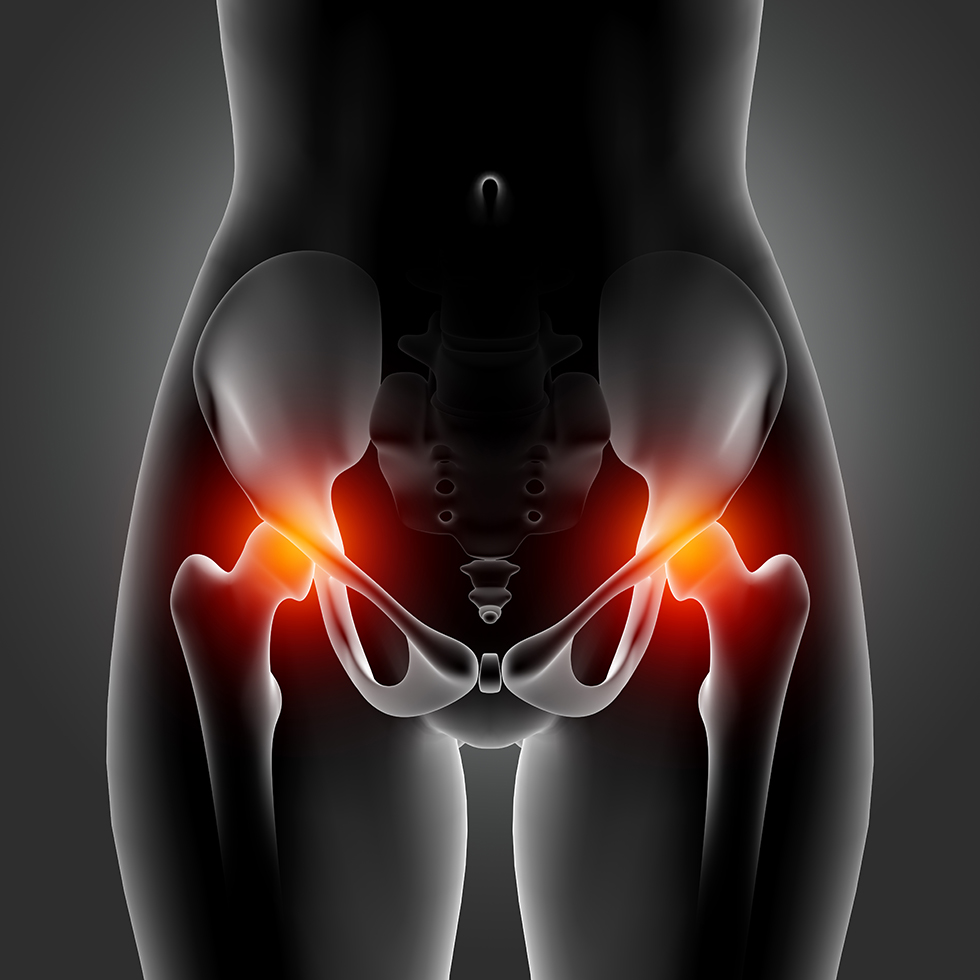 A total hip replacement (THR) is a surgical procedure that involves replacing a damaged or diseased hip joint with an artificial joint. The procedure is typically recommended for people who have severe hip pain and limited mobility due to conditions such as osteoarthritis, rheumatoid arthritis, or a hip fracture.
The surgery is performed under general anesthesia and typically takes about 2 hours. During the procedure, the surgeon will make an incision in the hip area, remove the damaged bone and cartilage, and replace it with a metal or ceramic prosthetic joint. The artificial joint is designed to mimic the movement of a natural hip joint and reduce pain and improve mobility.
Recovery after total hip replacement surgery can take several months. Physical therapy is typically necessary to help patients regain strength and range of motion in their hip.
It is important to note that total hip replacement is a major surgery and there is a risk of complications such as infection, blood clots, and dislocation. However, with proper care and rehabilitation, the majority of patients are able to return to many of their normal activities with improved mobility and a reduced level of pain.
A total hip replacement (THR) is a surgical procedure that involves replacing a damaged or diseased hip joint with an artificial joint. The procedure is typically recommended for people who have severe hip pain and limited mobility due to conditions such as osteoarthritis, rheumatoid arthritis, or a hip fracture.
The surgery is performed under general anesthesia and typically takes about 2 hours. During the procedure, the surgeon will make an incision in the hip area, remove the damaged bone and cartilage, and replace it with a metal or ceramic prosthetic joint. The artificial joint is designed to mimic the movement of a natural hip joint and reduce pain and improve mobility.
Recovery after total hip replacement surgery can take several months. Physical therapy is typically necessary to help patients regain strength and range of motion in their hip.
It is important to note that total hip replacement is a major surgery and there is a risk of complications such as infection, blood clots, and dislocation. However, with proper care and rehabilitation, the majority of patients are able to return to many of their normal activities with improved mobility and a reduced level of pain.
Types of Hip Replacement
There are two main types of hip replacement: total hip replacement (THR) and partial hip replacement (also known as hip resurfacing).- Total Hip Replacement (THR): This is the most common type of hip replacement. In a total hip replacement, the damaged ball-and-socket joint of the hip is removed and replaced with a metal or ceramic prosthetic joint. The prosthetic joint is designed to mimic the movement of a natural hip joint and reduce pain and improve mobility.
- Partial Hip Replacement (Hip Resurfacing): In this procedure, only the damaged or diseased parts of the hip joint are removed and replaced. The remaining healthy bone is preserved, and the prosthetic joint is smaller and less invasive than in a total hip replacement. This procedure is typically recommended for younger, more active patients who still have a significant amount of healthy bone.
- Hip arthroscopy: Hip arthroscopy is a minimally invasive surgical procedure. It involves making small incisions around the hip joint and inserting a small camera called an arthroscope, which allows the surgeon to view the inside of the joint on a screen.During the procedure, the surgeon may use small instruments to repair or remove damaged tissue in the hip joint, such as torn cartilage or damaged bone. Some common conditions that can be treated with hip arthroscopy include labral tears, femoroacetabular impingement, hip dysplasia, and hip joint infections.
